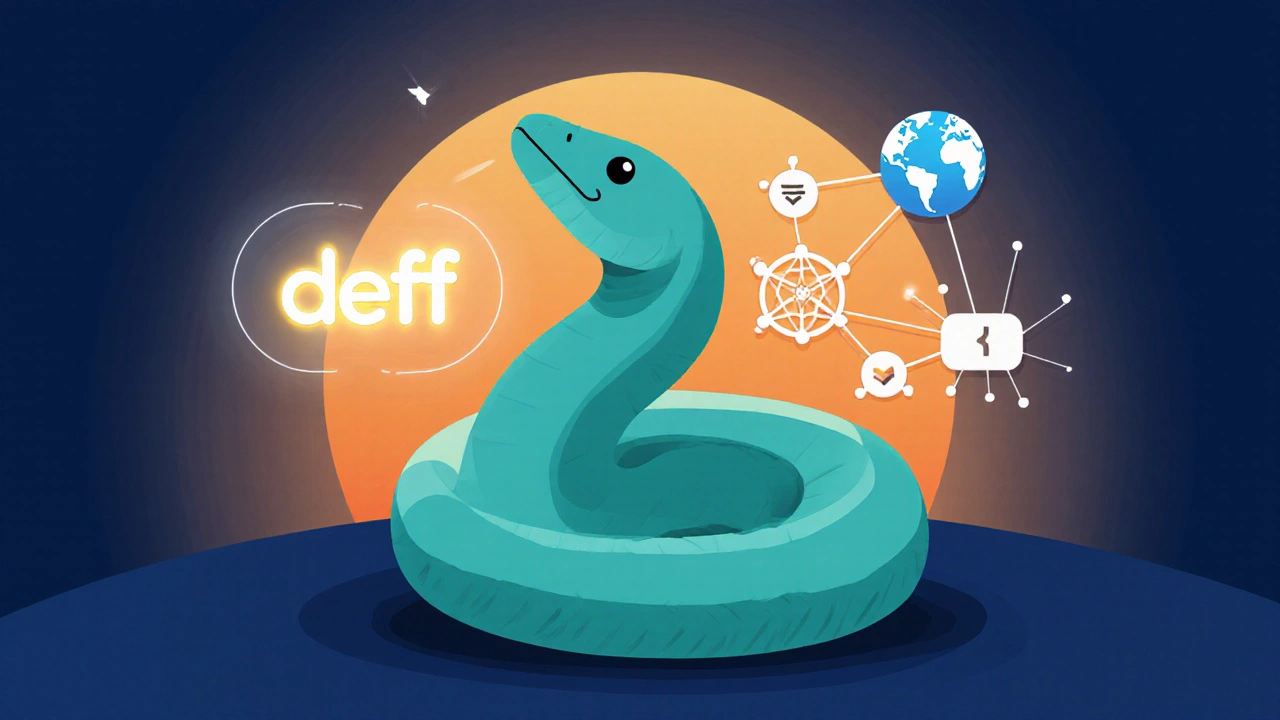Python Data Science
When working with Python data science, the practice of using Python programming to extract insights, build models and visualize information. Also known as Python for analytics, it combines coding, statistics and domain knowledge to solve real problems.
One of the core pillars of this field is pandas, a library that provides fast, flexible data structures like DataFrames for cleaning and shaping datasets. Paired with machine learning, which uses algorithms to predict outcomes from patterns, the two together enable end‑to‑end pipelines from raw data to actionable insights.
Key Tools and Concepts
Beyond pandas, practitioners rely on numpy for efficient numerical operations, handling multi‑dimensional arrays that feed into statistical models. Data visualization libraries such as Matplotlib and Seaborn turn numbers into charts that tell a story at a glance. Together, these tools form the technical backbone that supports everything from exploratory analysis to production‑grade AI systems.
Python data science also demands a solid grasp of statistics – concepts like hypothesis testing, regression and probability guide model selection and validation. Understanding these principles ensures that the models you build are not just accurate on paper but also reliable in real‑world scenarios.
In practice, a typical workflow starts with data ingestion (often using pandas), moves to cleaning and feature engineering (numpy and pandas again), proceeds to model training (scikit‑learn or TensorFlow for machine learning), and ends with evaluation and visualization (Matplotlib, Seaborn). Each step feeds the next, creating a seamless loop of insight generation.
Industry trends show a growing emphasis on automation and reproducibility. Tools like Jupyter notebooks, Docker containers and CI/CD pipelines are becoming standard for sharing and scaling Python data science projects. This shift means that developers must not only code well but also package their work for collaborative environments.
Education resources reflect this evolution. Courses now blend theory with hands‑on labs, covering everything from basic pandas operations to deep learning with PyTorch. Certification programs often require building a portfolio of projects that demonstrate end‑to‑end pipelines, reinforcing the practical mindset needed in today’s job market.
For beginners, starting with simple data sets—like CSV files of sales records—helps build confidence before tackling larger, unstructured data sources such as social media streams. As skills grow, exploring advanced topics like time‑series forecasting or natural language processing opens new career pathways.
Regardless of experience level, staying updated with the latest library releases and community best practices is crucial. The Python data science ecosystem evolves rapidly; new functions in pandas or performance boosts in numpy can shave hours off your workflow.
Below you’ll find a curated collection of articles that dive deeper into each of these areas. From cost guides for online learning platforms to detailed breakdowns of AI‑driven career trends, the posts will equip you with the knowledge you need to apply Python data science effectively in 2025 and beyond.
Oct
23

- by Dhruv Ainsley
- 0 Comments
What is Python Used For? Common Applications and Real‑World Examples
Explore Python's real‑world applications-from web development and data science to automation and education-in clear, practical examples.